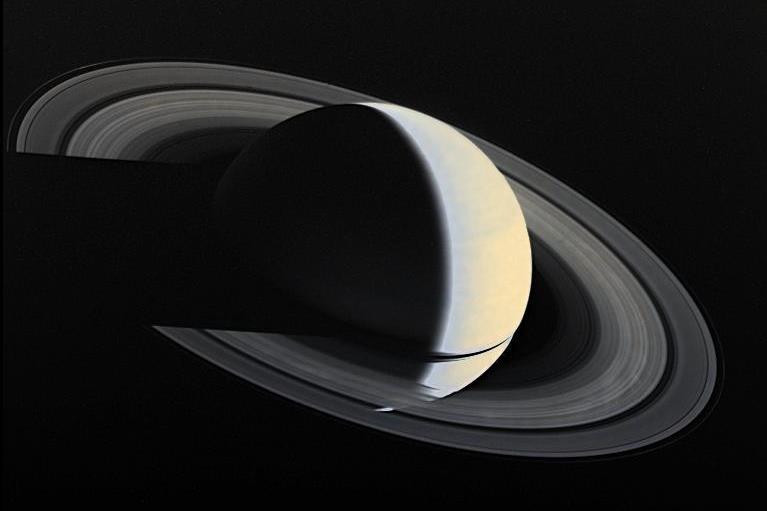
A Nasa spacecraft has discovered that Saturn’s rings formed within the last few hundred million years – lending weight to the idea that they coalesced much more recently than some scientists thought. This supports an ongoing debate about their age, suggesting they are not as ancient as the planet itself – which is around 4.5 billion years old.
Saturn has seven rings made up of many chunks of ice no bigger than a boulder. They are very clean, being more than 98% pure water by volume. However, dust from various sources in space is known to move around the solar system on an almost constant basis, falling onto the rings and gradually polluting and darkening them over time.
The Cosmic Dust Analyzer aboard Nasa’s Cassini spacecraft spent 13 years collecting dust grains from Saturn’s rings. The majority of these micrometeoroids were shown to have come from the Kuiper Belt, the doughnut-shaped ring of ice and dust surrounding the solar system. Based on the collection of dust grains, the scientists involved in the study were able to calculate a dust flux rate for Saturn’s rings.
Using this flux rate and the amount of dust that has accumulated, which is estimated to be by volume just 0.1–2% of the rings, the researchers conclude that Saturn’s rings have been forming for less than 400 million years. Whilst the rings may be a recent feature of the Saturnian system, questions still remain around how they formed in the first place and if they are an ephemeral feature on planetary timescales.